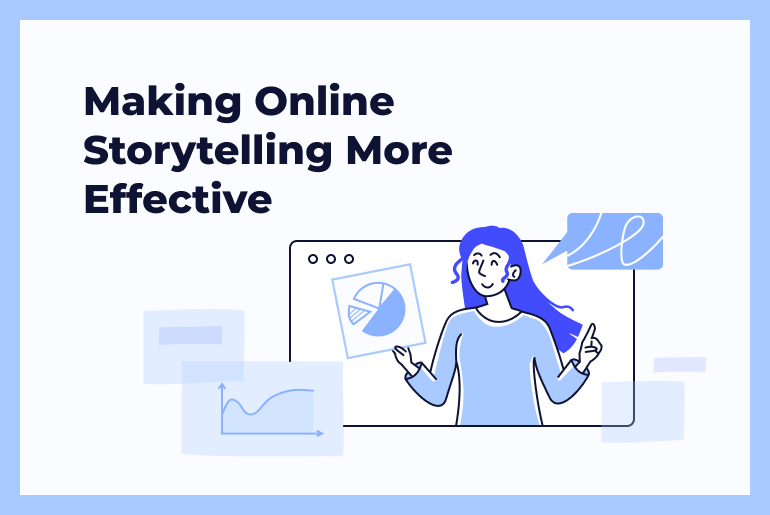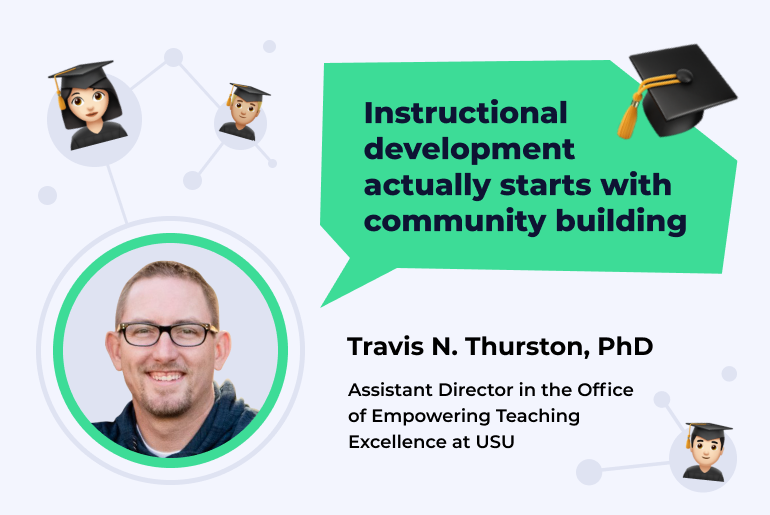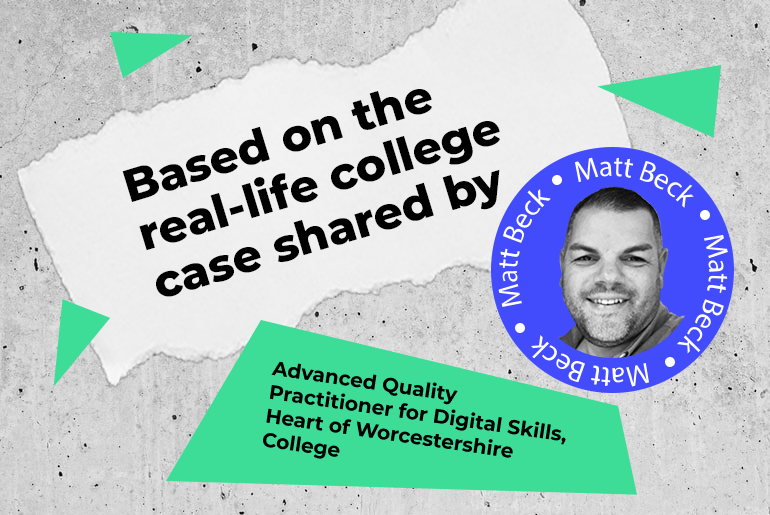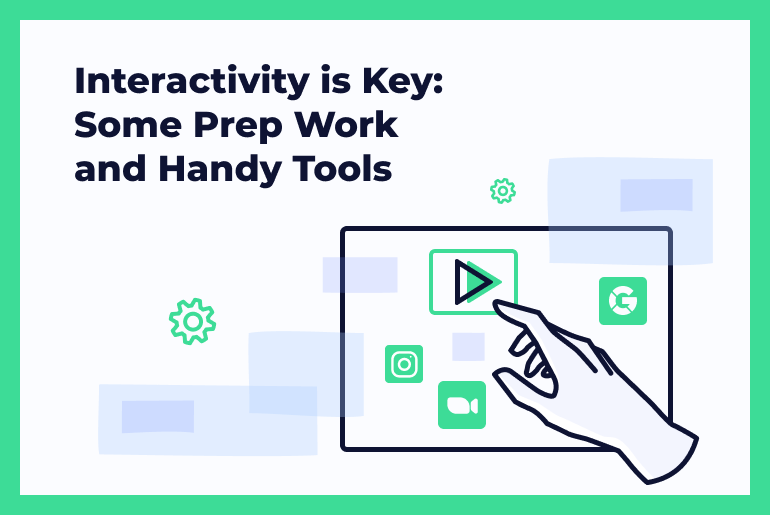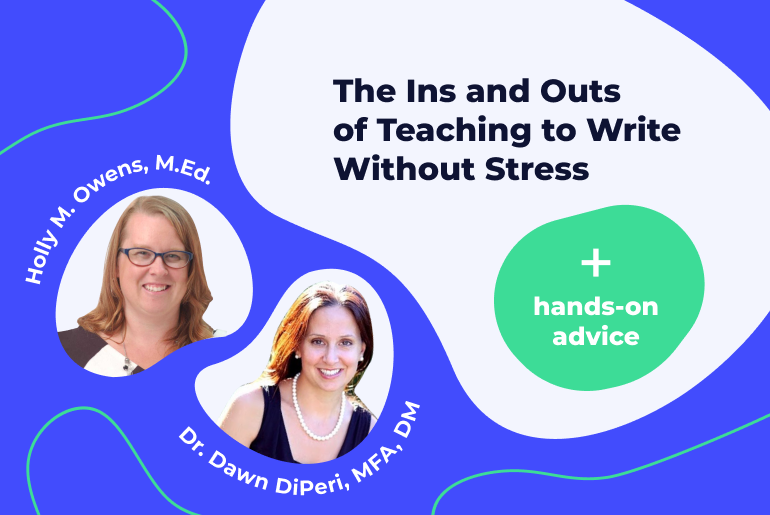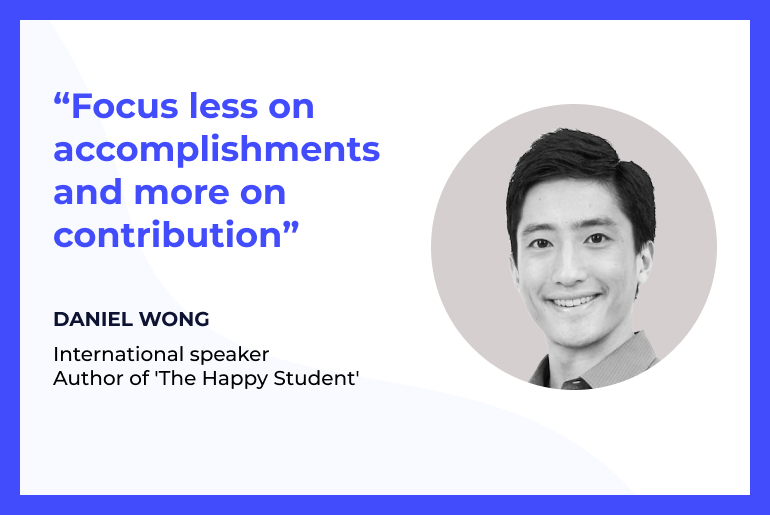The attention span of students has always been a challenge. With distance learning, this became even worse… To get students involved and get them to focus, instructors should be more imaginative than ever before.
On TikTok, videos telling how to fake one’s presence in online classes have gone viral. To prevent this from happening, this blog will explore how to make online storytelling really effective to keep your students wide awake.
Here it goes.

